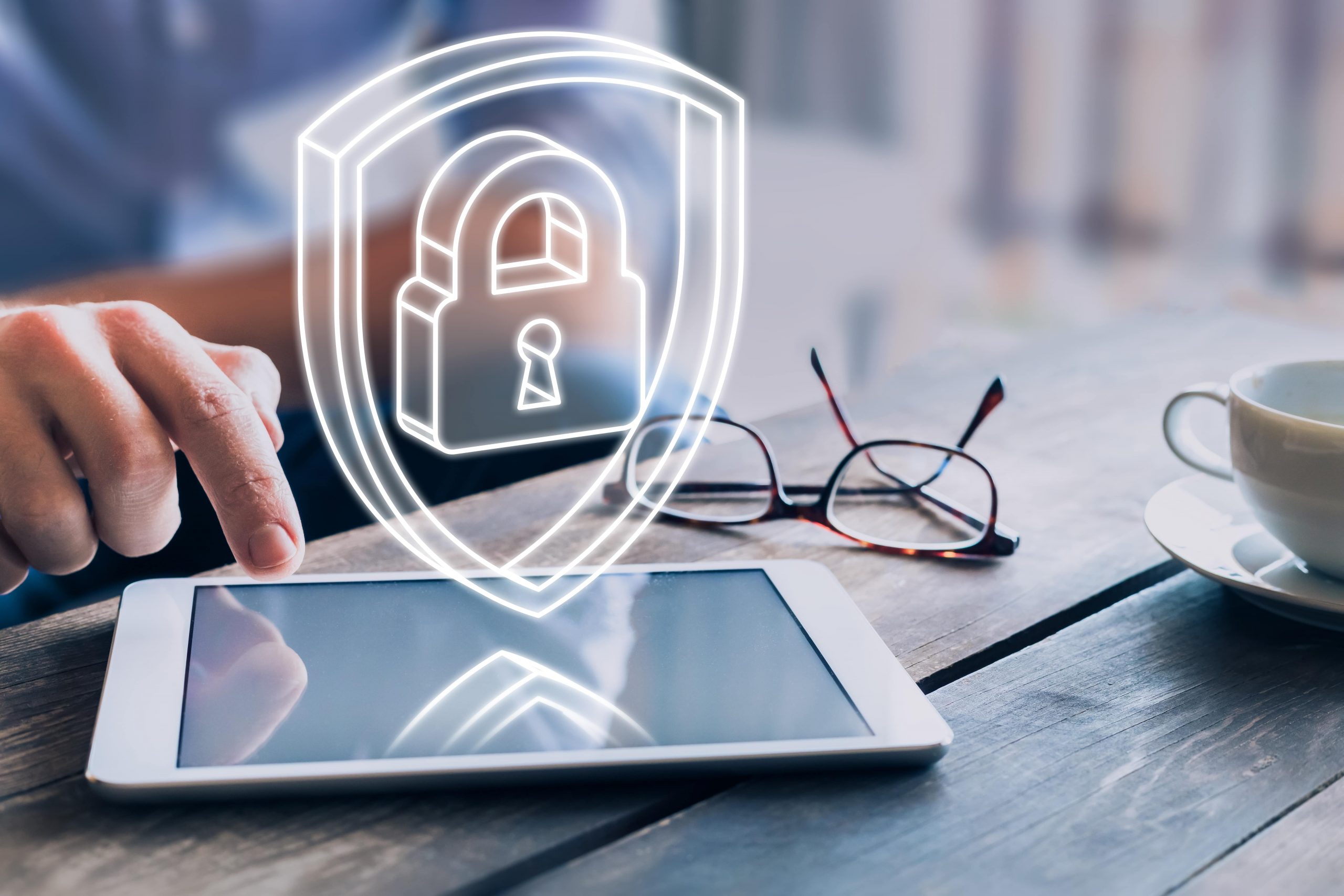Identity theft is a growing concern in society – according to the US Federal Trade Commission, millions of victims of identity theft annually, and identity theft has become the most common consumer complaint. In the digital age, traditional authentication methods: passwords and identity cards – are no longer sufficient to combat identity theft and security.
Biometric authentication systems recognize people based on their anatomical features (fingerprints, facial images, lines of the palm, iris, voice) or behavioural traits (signatures, gait). Since these features are physically related to the user, biometric recognition is reliable as a mechanism to ensure that only those who have the necessary authority can enter the building, gain access to a computer system or cross the state border. Biometric systems also have unique advantages – they do not allow you to renounce a perfect transaction and make it possible to determine when an individual uses several credentials (for example, passports) for different names.
For more than a century, law enforcement agencies have been using fingerprint authentication in their investigations, and in recent decades there has been a rapid increase in the implementation of biometric recognition systems in government and commercial organizations around the world. Although many of these implementations are highly successful, there are concerns about the insecurity of biometric systems and potential privacy violations due to the unauthorized publication of stored biometric user data. Like any other authentication mechanism, an experienced fraudster with sufficient time and resources can get around the biometric system. It is important to dispel these concerns to gain public confidence in biometric technologies.
How Biometric Identification works?
At the registration stage, a biometric authentication system records a sample of a user’s biometric trait using a sensor – for example, it captures a face on a camera. Then, individual traits are extracted from the biometric sample — for example, minutes (small details of the finger lines) —with the feature extractor software algorithm. The system saves the extracted features as a template in the database along with other identifiers, such as name or identification number. For authentication, the user presents another biometric sample to the sensor. Traits extracted from it represent a request that the system compares with the template of the claimed identity using the matching algorithm. It returns a match rating reflecting the degree of similarity between the template and the request. The system accepts the application.
Modality wise Advantages and Disadvantages of Biometric Authentication systems
The section discusses the advantages and disadvantages of different biometric authentication methods.
Fingerprints
Advantages
- Easy to use and setup
- High level of accuracy
- Lower implementation cost
- High accuracy rate
Disadvantages
- Performance can fluctuate to dry, wet, dirty fingers
Facial Recognition
Advantages
- Low in cost and easy to use
- Doesn’t require physical interaction with any device
- Can be set up on computers and smartphones using a camera
- Non-Intrusive
Disadvantages
- 2D face recognition can be insecure and prone to spoofing
- Exposed biometric modality.
Voice Recognition
Advantages
- High social acceptability
- Low in cost
Disadvantages
- Prone to spoofing with recorded or imitated voice sample
- May not be suitable for high-security applications when used as the only method of identification
- Identity verification may take some time
Incorporating Biometrics in Real World
Biometric recognition provides more reliable user authentication than passwords and identity documents and is the only way to detect impostors. Although biometric systems are not completely reliable, researchers have taken significant steps forward in identifying vulnerabilities and developing countermeasures. New algorithms for protecting biometric templates partially eliminate concerns about the security of systems and the privacy of user data, but additional improvements will be needed before such methods are ready for use in real conditions.
A deep dive into Identity Document Verification from Biometric Recognition
Document verification is the process of identity verification of customers through the inspection of government-issued identity documents. Officially issued documents, such as ID cards, driving license, passport, credit/debit cards, bank statement or other federal documents are mostly used for the authentication process. The AI software checks the validity of personal data, including name, age, address, as well as document features such as stamps, watermarks, fonts, carrier materials, and others.
There are four basic steps in the document verification process. First, the customer displays the identity document in front of the device’s camera. Then the relevant information is extracted by the software using Optical Character Resolution (OCR) technology. Next, the document is scrutinized with the help of artificial intelligence. Finally, the verification details are successfully sent to the client or stored in the back-office of the service provider.
If these steps are successful, the authentication process would be completed. However, if there is a problem, the verification process will fail. The authentication is either done by a webcam or a mobile phone’s camera. So it is important to ensure that the camera of the device is in working order. This is done to minimize the risk of identity theft and fraudulence.
Fraudulent transactions have hazardous consequences not only for banks and financial institutions but for businesses and individual customers as well. Losses as a result of identity theft are passed down to every level and the end-user is eventually affected, leading to a negative financial environment. Therefore, it is integral for businesses to contact reliable identity verification service providers to secure their transactions and to attain long term business sustainability.
KYC or Know Your Customer is a process businesses carry out to know their clients by extracting and verifying information about them. Therefore, the identity verification process has been seamlessly automated using artificial intelligence systems. Different methods are used to verify identities for KYC compliances such as facial verification, document verification, address verification, 2-factor authentication, and consent verification. Ever since the beginning of humanity, people have been trying to use unethical, immoral and illegal means for personal gains and benefits. With technological advancement, these criminals have evolved their methods of criminal activities.
- An Expeditious Overview of Biometric Authentication Systems - April 16, 2020


